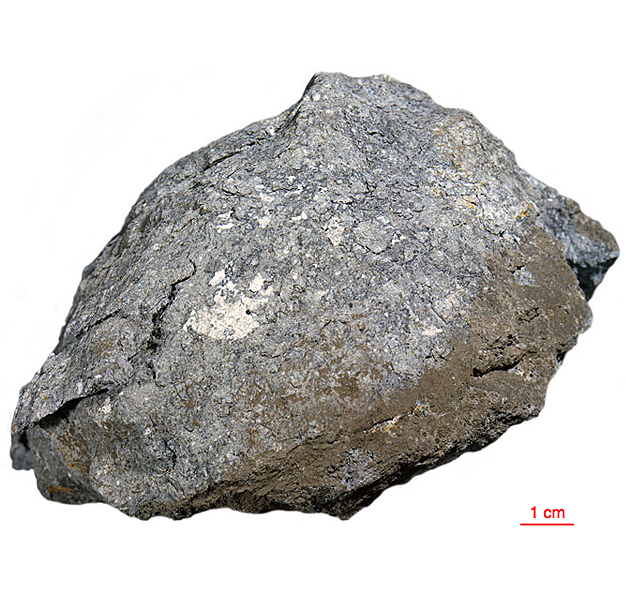
Fact sheet
Sample 66095 was collected from a boulder on the rim of a 10-metre crater at the base of Stone Mountain, Station Six, during the Apollo 16 mission. During the sample’s original examination considerable rust corresponding to the hydrous mineral akaganéite was found. Although many Apollo 16 rocks exhibit some rust around metallic iron grains, this sample is unusual in that it has abundant evidence of alteration. The presence of rust has been cited by scientists as evidence for water interaction on the Moon.
Most of the thin section of this sample is composed of a fine-grained, subophitic to ophitic impact melt-rock, which also contains a wide variety of lithic clasts from basalt to anorthosite. Considerable rusting is evident surrounding metallic iron-nickel grains.
Further details of this and other Apollo samples are here: http://curator.jsc.nasa.gov/lunar/
The Apollo 16 landing site was in the hilly region around Descartes crater in the lunar highlands. The landing spot was chosen to allow the astronauts to gather geologically older lunar material (Descartes Formation and the Cayley Formation) than the samples obtained in the first four landings, which were in or near lunar maria.
The mission lasted 11.1 days, with a stay on the lunar surface of 71 hours. The crew were on the lunar surface for 20.2 hours during which they traversed approximately 27 kilometers and collected approximately 96 kilograms of samples.
Apollo 16 was launched on 16 April 1972.






